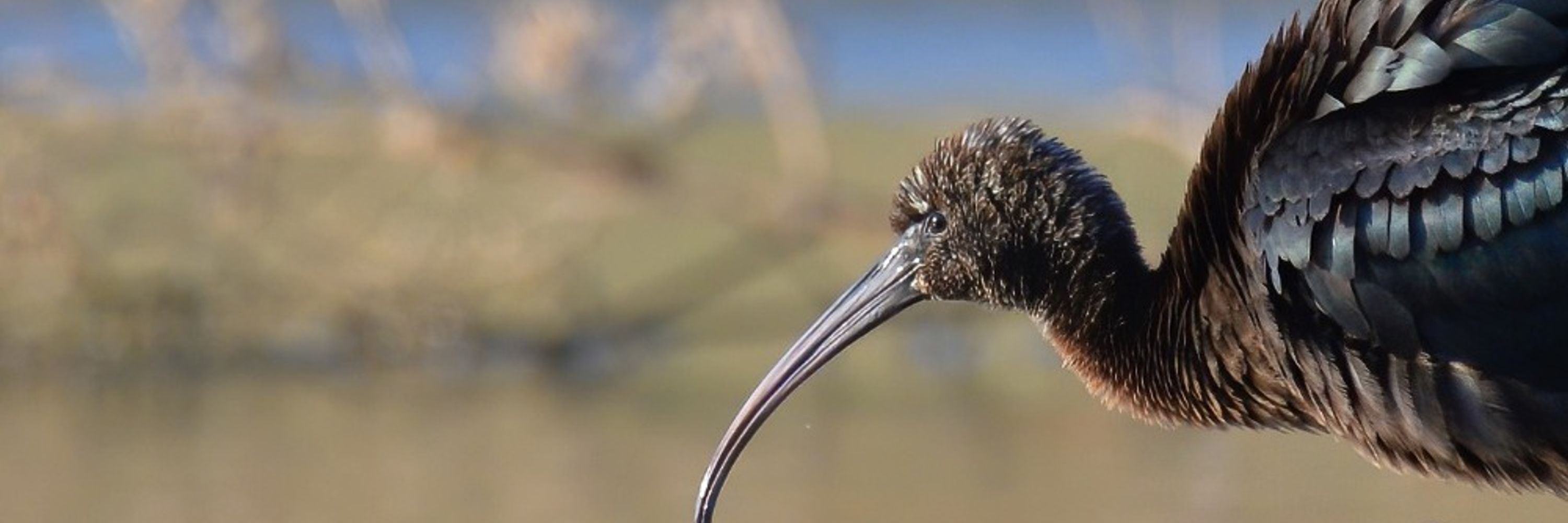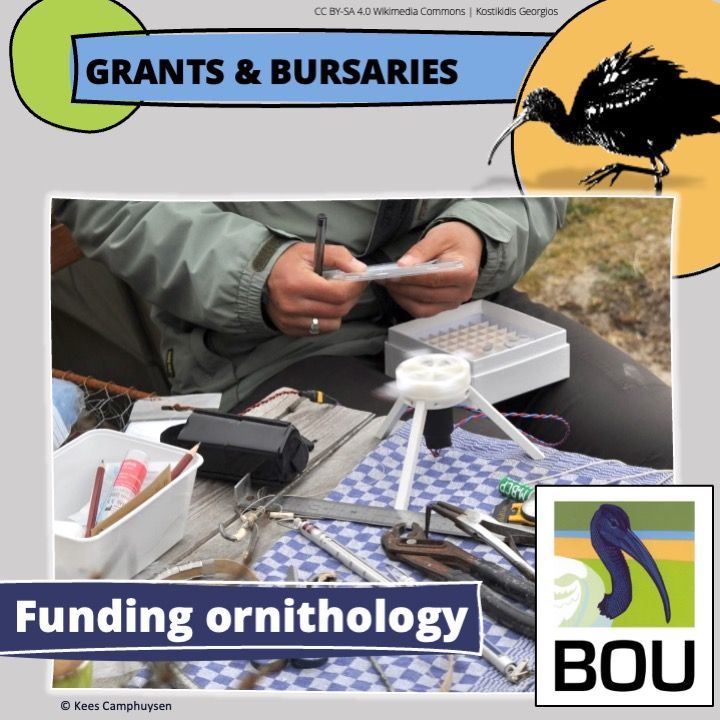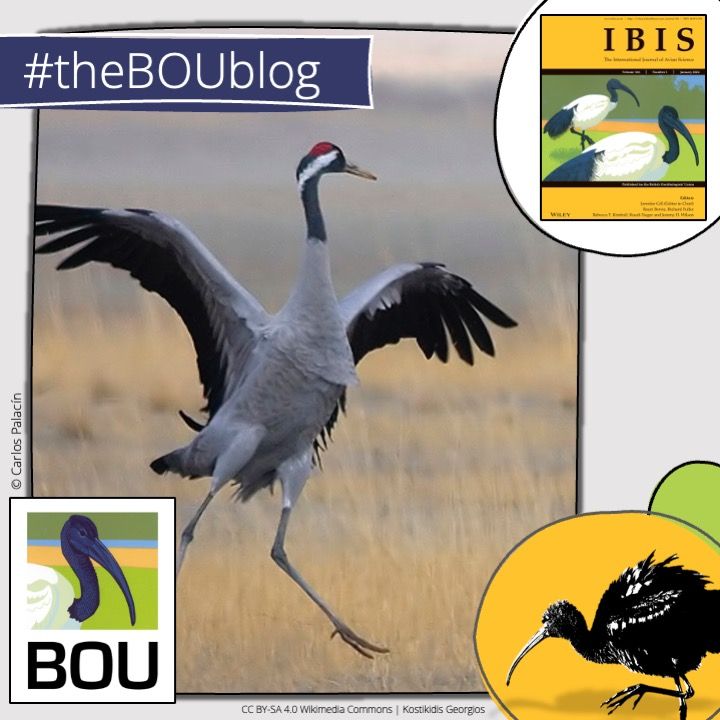BOU
@bou.org.uk
4.8K followers
170 following
3.3K posts
Publishing at the forefront of ornithology and driving SciComm on social media | Home of #theBOUblog | Upcoming events #BOUasm25 #BOU2026 #BOUasm26
Posts
Media
Videos
Starter Packs
BOU
@bou.org.uk
· 2h
BOU
@bou.org.uk
· 3h
BOU
@bou.org.uk
· 5h
BOU
@bou.org.uk
· 7h
BOU
@bou.org.uk
· 11h
BOU
@bou.org.uk
· 13h
BOU
@bou.org.uk
· 14h
BOU
@bou.org.uk
· 1d

Insect richness in the stomach of a nacunda Nighthawk (Chordeiles nacunda)
The Nacunda Nighthawk (Chordeiles nacunda) is an aerial insectivore and migratory species widely distributed throughout open areas of South America. Here, we report the stomach contents of one fema...
www.tandfonline.com
BOU
@bou.org.uk
· 1d

Evidence of red fox (Vulpes vulpes) depredating a Saltmarsh Sparrow (Ammospiza caudacuta) nest
Saltmarsh Sparrows (Ammospiza caudacuta), a tidal-marsh specialist, face severe population declines due to habitat loss, sea-level rise, and predation. While previous research suggests that predati...
www.tandfonline.com
BOU
@bou.org.uk
· 4d

Seasonal migration patterns of the Rufous-thighed Kite (Harpagus diodon)
The Rufous-thighed Kite (Harpagus diodon) is an insectivorous migratory raptor that breeds in the Atlantic Forest, Cerrado, Chiquitanía, and Southern Andean Yungas and primarily overwinters in the ...
www.tandfonline.com
BOU
@bou.org.uk
· 4d

DNA Identification of a Putative Hybrid Azure Tit × Blue Tit
Hybridization is an important factor in bird evolution. Distinguishing between hybrids and phenotypically aberrant individuals of one of the parental species can be challenging. Here, we use DNA sequencing of loci on chromosomes 2 and Z and the mitochondrial DNA to establish the status of a putative hybrid Azure Tit Cyanistes cyanus X Blue Tit Cyanistes caeruleus caught in Belgium in 2021. The genotype at each of these loci was a perfect match to Blue Tit. We therefore conclude that the bird was a genetically pure Blue Tit, despite its plumage being intermediate between Azure Tit and Blue Tit. We suggest records of Pleske's Tit lacking DNA information should be treated with caution.
doi.org














